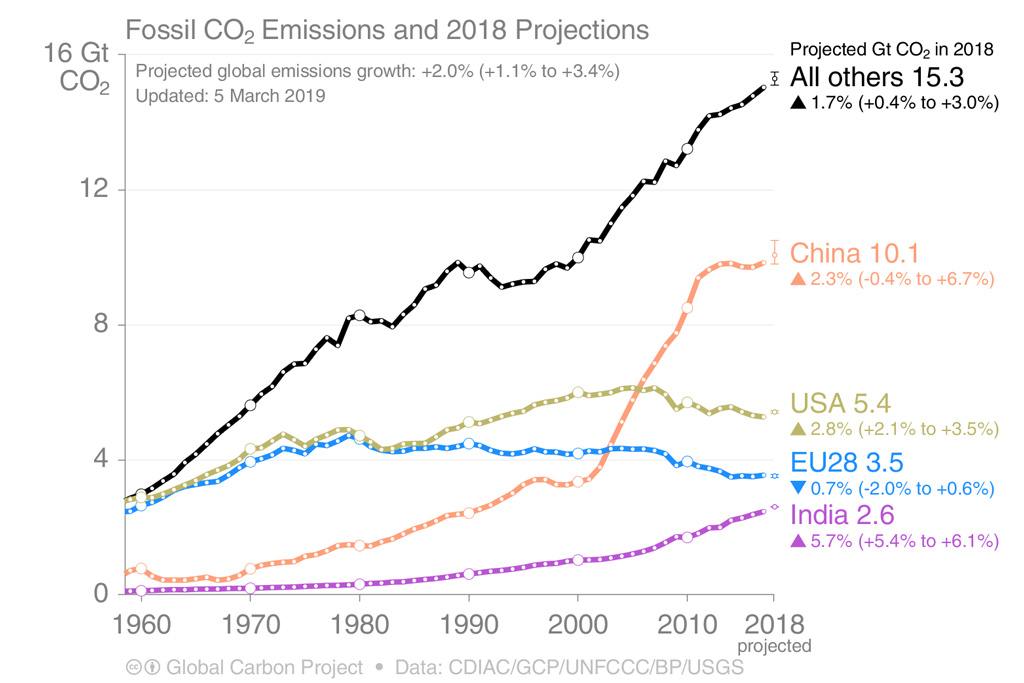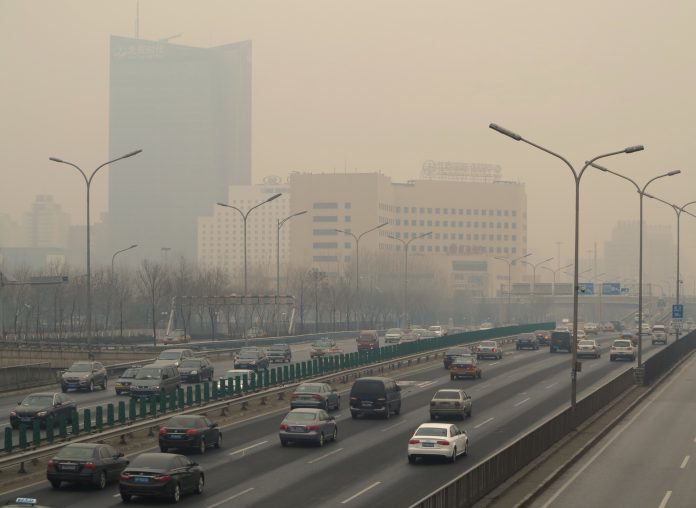Recently, China’s President Xi Jinping announced a shocking pledge for the country to achieve zero-carbon emissions by 2060
The president made the announcement during the United Nations conference promising to slash emissions and reach net-zero carbon by 2060. The pledge from the world’s biggest emitter of greenhouse gasses is a huge step in tackling the climate crisis and reducing emissions in line with the Paris Climate Agreement.
In addition, the president announced the establishment of a UN Global Geospatial Knowledge and Innovation Centre and an International Research Centre of Big Data for the Sustainable Development Goals (SDGs), to help advance the 2030 Agenda.
China’s greenhouse gas emissions are the largest of any country in the world both in production and consumption terms, and stem mainly from coal electricity generation and mining. The country alone produces more than a quarter of the world’s annual carbon emissions.
Research has suggested that if China succeeds in meeting these targets, it would remove 0.2 to 0.3°C from global heating forecasts for 2100 down to around 2.4 to 2.5°C above pre-industrialised levels. This is still well above the 1.5˚C heating limit that was agreed at the Paris climate agreement, but it is a step in the right direction.

Ditching the coal for zero-carbon
China has not said yet how it plans to achieve zero-carbon emissions by 2060. But a research group at Tsinghua University presented a $15 trillion, 30-year road map that calls for a complete stop of the use of coal to produce energy by 2050 and dramatically increasing renewable energy supply and nuclear energy.
Coal presents both a huge challenge and an opportunity. Last year, around 58% of China’s total energy consumption and 66% of its electricity generation was supplied using coal.
Coal is also used to heat a lot of Chinas buildings. Recent advances in renewable energy have made replacing coal very easy. However, more is still needed to be done to allow renewables to power the transportation industry and farms.
China will also need to rethink its growing reliance on oil. A mass electrification of transportation is needed alongside using clean-burning, green hydrogen as a fuel in key sectors.
Actions speak louder than words
Jennifer Morgan, executive director of Greenpeace International, said: “China’s commitment to go carbon neutral before 2060 sends a strong signal that the reality of the climate crisis.
“However, actions speak louder than words. There are two key questions next: how will China ensure that its actions match its commitments? And second, will Washington join in?”
President Xi Jinping made the announcement just days after the EU toughened its own 2030 climate targets. Environmentalists are hopeful that the two EU and China can work together, forming a powerful economic coalition, to reduce carbon emissions that would account for a third of the world’s consumption.
Chinas zero-carbon pledge sends a strong geopolitical message to the US, which is now the only major polluting country which is yet to set any ambitious climate targets. Opposingly, the US is moving in the opposite direction as President Trump prepares to withdraw from the Paris Agreement in November.
A green recovery from the pandemic
While the COVID-19 pandemic saw a brief but drastic decline in China’s air pollution due to the closure of industries, China’s economy is now quickly recovering.
Carbon emissions from cement production, energy and other industries in May were already 4% higher than levels before the pandemic. Furthermore, to encourage a speedy economic recovery, the Chinese government granted more construction permits for coal power plants within the first half of 2020 than it had previously done in 2018 and 2019.
Analysts from Carbon Brief say that Chinese policymakers could be feeling the pressure to “boost carbon-intensive stimulus spending, which could endanger the energy intensity target in the nation’s 2016-2020 five-year plan.”
Therefore, if China is serious about achieving zero-carbon emissions by 2060, it is going to need to make some drastic changes to put low-carbon technologies, sustainability and emission-reducing measures at the heart of its COVID-19 economic recovery plan.
Ongoing concerns in Xinjiang
This positive zero-carbon news surfacing from China is tempered by the harrowing news of Uighur internment in the Xinjiang region. According to ongoing investigations, 400 internment camps have been built in the Xinjiang region of China.
The network of camps in the formerly autonomous region are being used to detain the Uighur ethnic minority and other Muslim minorities. They are being reported to punish people for “offences” as trivial as owning a Qur’an, or abstaining from eating pork. The Xinjiang data project reports that one in three mosques have been destroyed since 2017.
Reported abuses include detailed arbitrary detention, extensive biometric tracking, torture and medical neglect. China refuse to allow any human rights organisations into the camps to observe the situation.
The Chinese government initially denied the existence of these camps, but then later said they were being used as vocational training and re-education programmes to alleviate poverty and counter-terrorism threats. Currently, the existence of these camps is the subject of worldwide alarm about the potential of a closed-doors genocide.











